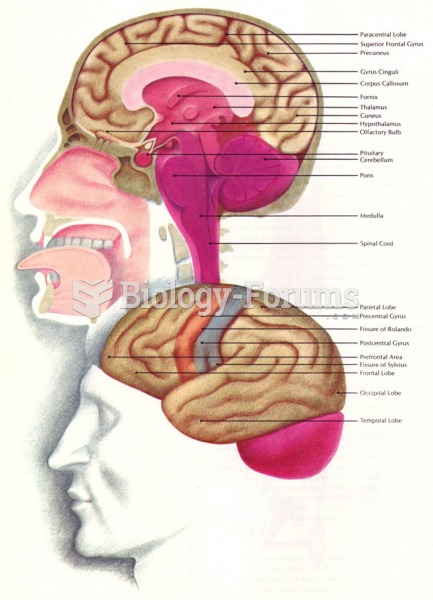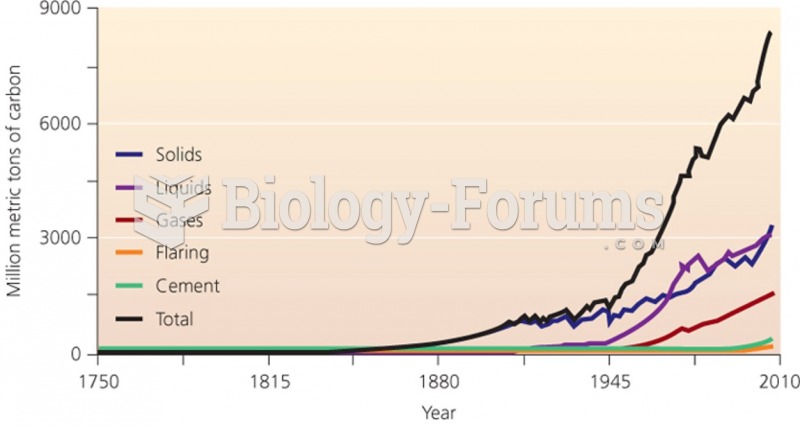Answer to Question 1
From the 1920s to the 1960s, most social work programs used a medical-model approach to assess and change human behavior. This approach was developed by Sigmund Freud. It views clients as patients. The task of the provider of services is first to diagnose the causes of a patient's problems and then to provide treatment. The patient's problems are viewed as being inside the patient. People with emotional or behavioral problems are given medical labels, such as schizophrenic, psychotic, borderline personality, or insane. Adherents of the medical approach believe that the disturbed person's mind is affected by some generally unknown internal condition. That unknown internal condition is thought to be due to a variety of possible causative factors: genetic endowment, metabolic disorders, infectious diseases, internal conflicts, chemical imbalances, unconscious use of defense mechanisms, or traumatic early experiences that cause emotional fixations and prevent future psychological growth. Prior to Freud, the emotionally disturbed were thought to be possessed by demons, viewed as mad, blamed for their disturbances, and often treated by being beaten or locked up. The medical model provided a humane approach to treating people with emotional and behavioral problems. It emphasized intrapsychic processes and focused on enabling patients to adapt and adjust to their social situations.
In recent years, social work has focused increasingly on using an ecological approach. This approach integrates both treatment and reform by conceptualizing and emphasizing the dysfunctional transactions between people and their physical and social environments. Human beings are viewed as developing and adapting through transactions with all elements of their environments. One emphasis of an ecological model is on the person-in-environment. Person-in-environment conceptualization indicates that people in our society continually interact with many systems. With this conceptualization, social work can focus on three separate areas. First, it can focus on the person and seek to develop his or her problem-solving, coping, and developmental capacities. Second, it can focus on the relationship between a person and the systems he or she interacts with and link the person with needed resources, services, and opportunities. Third, it can focus on the systems and seek to reform them to meet the needs of the individual more effectively.
Answer to Question 2
The medical-model approach was developed by Sigmund Freud. It views clients as patients. The task of the provider of services is first to diagnose the causes of a patient's problems and then to provide treatment. The patient's problems are viewed as being inside the patient. People with emotional or behavioral problems are given medical labels, such as schizophrenic, psychotic, borderline personality, or insane. Adherents of the medical approach believe that the disturbed person's mind is affected by some generally unknown internal condition. The medical model provided a humane approach to treating people with emotional and behavioral problems. It emphasized intrapsychic processes and focused on enabling patients to adapt and adjust to their social situations.
The ecological approach integrates both treatment and reform by conceptualizing and emphasizing the dysfunctional transactions between people and their physical and social environments. Human beings are viewed as developing and adapting through transactions with all elements of their environments. An ecological model explores both internal and external factors. It views people not as passive reactors to their environments but rather as dynamic and reciprocal interactors with those environments. An ecological model tries to improve coping patterns so that a better match can be attained between an individual's needs and the characteristics of his or her environment. One emphasis of the model is on the person-in-environment. The ecological model views individuals, families, and small groups as having transitional problems and needs as they move from one life stage to another. A central concern of this model is to articulate the transitional problems and needs of individuals, families, and small groups. Once these problems and needs are identified, intervention approaches are selected and applied to help the individuals, families, and small groups resolve the transitional problems and meet their needs.







